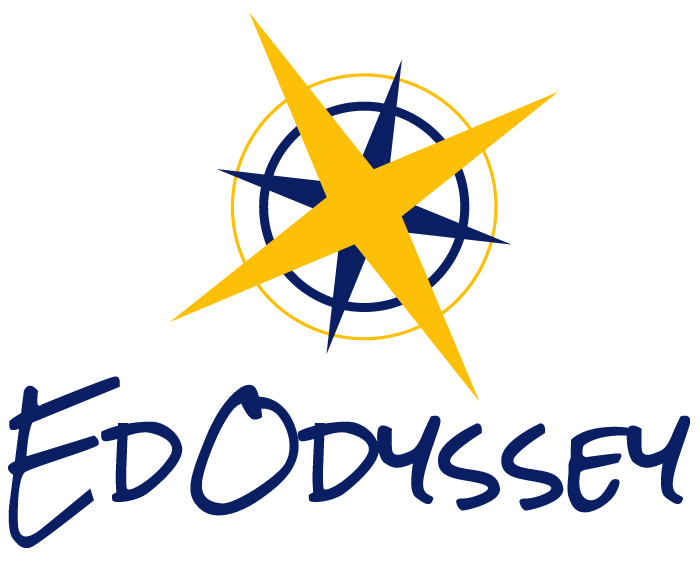Blog
How Medical Spanish & Latinx Patient Knowledge Supports Healthcare Students & Professionals
Learning medical terminology in Spanish will help YOU serve OTHERS to ensure their health and safety. Multilingualism is becoming increasingly recognized as vital within healthcare and fields requiring professionals to understand medical needs of hispanic populations.
Understanding Why Medical Spanish and Hispanic Cultural Knowledge Matters in Healthcare
The need for Spanish speaking professionals continues to rise, and students and professionals who want to prepare for the future of healthcare will require training that combines language, culture and best practices.
Search previous blogs here.

